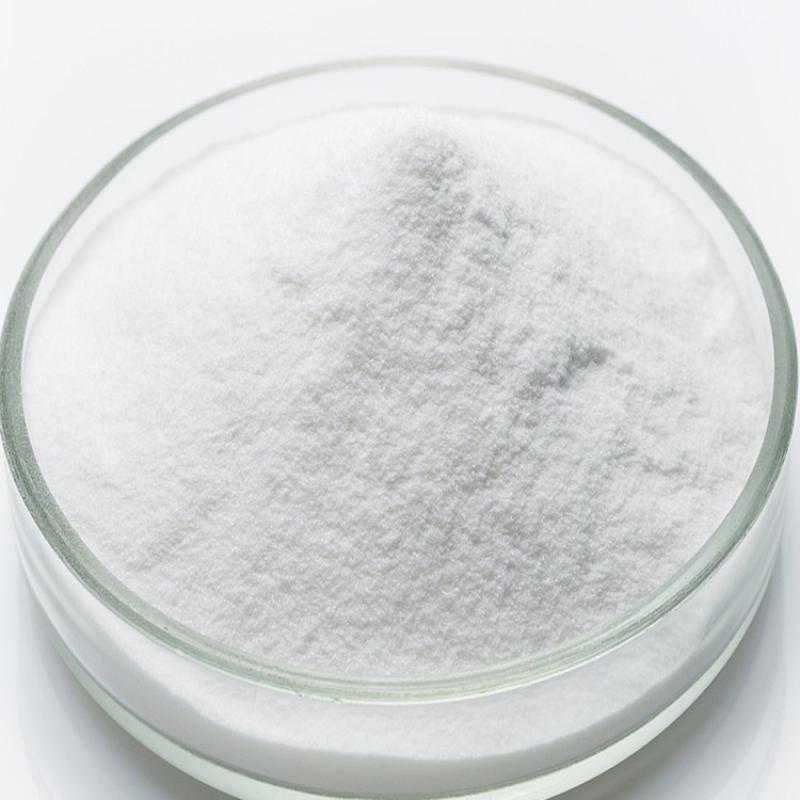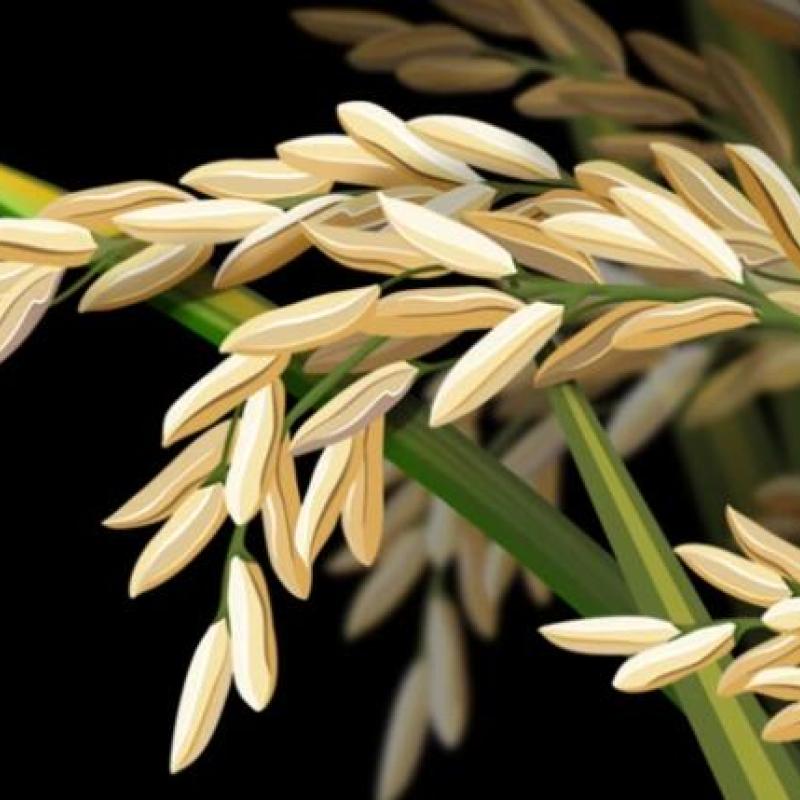usage:Amide selective, pre-emergence herbicide, can be applied to corn, cotton, soybean, peanut, rape, potato, sugarcane, sesame, sunflower and legume, cruciferous, nightshade, compositae, umbelliferae, etc. Control annual grass weeds in vegetable fields and orchards, and a single application keeps crops free from weed damage throughout the growing period. Not effective against perennial weeds.Common name: AcetochlorChemical name: 2-chloro-N-(ethoxymethyl)-N-(2-ethyl-6-methylphenyl)acetamideMolecular formula: C14H20ClNO2Structural formula:Molecular weight: 269.77CAS No.
Contacta ahora
Common name: ButachlorChemical name:N-(butoxymethyl)-2-chloro-2',6'-diethylacetanilideMolecular formula: C17H26ClNO2Structural formula:Molecular weight: 311.85CAS No. : 23184-66-9Product description:Butachlor is a kind of amide systemic and conductive selective preemergence herbicide, also known as norlachlor, machete, and mediachlor. The pure product is a light yellow oily liquid with a slight aromatic smell. It is hardly soluble in water and easily soluble in many organic solvents. It is chemically stable under normal temperature and neutral and weak alkaline conditions.
Contacta ahora
Glufosinate is a wide-spectrum herbicide that is used to govern essential weeds consisting of morning glories, hemp sesbania (sesbania bispinosa), pennsylvania smartweed (polygonum pensylvanicum) and yellow nutsedge just like glyphosate.
Contacta ahora
Common name: ImazethapyrMolecular formula: C15H19N3O3Structural formula:Molecular weight: 289.33CAS No. : 81335-77-5Product description:Imazethapyr is a kind of organic heterocyclic herbicide, which belongs to imidazolinone compound, also known as Prosad, Imidazolium, Mizuoxazole, Prosthet, and Imazethapyr. Its isopropylamine salt is suitable for all weeds. It has excellent herbicidal activity against Cyperaceae weeds, annual and perennial monocotyledonous weeds, broad-leaved weeds and weeds.
Contacta ahora
Common name: CLOPYRALIDChemical name: 3,6-dichloropyridine-2-carboxylic acidMolecular formula: C6H3Cl2NO2Structural formula: Molecular weight: 192CAS No. : 1702-17-6Product description:Clopyralid is a systemic phytohormone-type herbicide, which is a product of Dow Company in the United States. It has good herbicidal effects and strong selectivity. Entered the U.S. market in 1987 to control annual or perennial broad-leaved weeds in corn and sugar beet fields.
Contacta ahora
Product description:The pure made from mancozeb is white powder, and the commercial product is off-white or light yellow powder with the smell of rotten eggs. it's miles hardly ever soluble in water, insoluble in maximum natural solvents, soluble in pyridine, and volatile to mild, warmth, and humidity.
Contacta ahora
Physical and chemical properties:The pure product is colorless crystal, m.p. 177~178℃ (decomposition), without difficulty soluble in dimethylformamide and chloroform; soluble in acetone, methanol, ethanol, ethyl acetate, dioxane; insoluble in water. stable to acid and alkali. business merchandise are light yellow crystals.Common name: Thiophanate-MethylChemical name: Dimethyl N,N′-[1,2-phenylenebis(azanediylcarbonothioyl)]dicarbamateMolecular formula: C12H14N4O4S2Structural formula:Molecular weight: 342.39CAS No.
Contacta ahora
Usage:Profenofos can be used on a spread of plants which includes cotton and veggies inclusive of maize, potato, soybean, and sugar beet. inside the usa it's far used exclusively on cotton and is more often than not used against lepidopteran bugs.Combined with phoxim, cypermethrin, beta-cypermethrin imidacloprid and deltamethrin, profenofos may be used in opposition to cotton mealybug, cabbage caterpillar, plutella xylostella and asparagus caterpillars, as well as in opposition to wheat and cabbage aphids.Structural formula:Molecular weight: 373.63CAS No.
Contacta ahora
Structural formula:Deltamethrin is a pyrethroid composed of a single stereoisomer, of a possible 8 stereoisomers, selectively prepared by using the esterification of (1r,3r)- or cis-2,2-dimethyl-3-(2,2-dibromovinyl)cyclopropanecarboxylic acid with (alpha,s)- or (+)-alpha-cyano-three-phenoxybenzyl alcohol or by way of selective recrystallization of the racemic esters acquired by esterification of the (1r,3r)- or cis-acid with the racemic or (alpha-r, alpha-s, or alpha-r/s)- or + or − alcohol.Molecular weight: 505.2CAS No.
Contacta ahora
Structural formula:Molecular weight: 505.2CAS No.
Contacta ahora
Common name: kresoxim-methylChemical name:(E)-2-Methoxyimino-[2-(o-methylphenoxymethyl)phenyl]methyl acetateMolecular formula: C18H19NO4Structural formula:Molecular weight: 313.35CAS No. : 143390-89-0Product description:Kresoxim-methyl is a highly effective, broad-spectrum, new fungicide. It has a good control effect on strawberry powdery mildew, melon powdery mildew, cucumber powdery mildew, pear scab and other diseases. It can control and treat most diseases such as Ascomycetes, Basidiomycetes, Deuteromycetes and Oomycetes.
Contacta ahora
Product description:Kresoxim-methyl is a exceptionally powerful, wide-spectrum, new fungicide. it has an amazing control effect on strawberry powdery mold, melon powdery mold, cucumber powdery mould, pear scab and different sicknesses. it can manipulate and deal with maximum sicknesses inclusive of ascomycetes, basidiomycetes, deuteromycetes and oomycetes. it has a sturdy inhibitory effect at the germination of spores and the increase of mycelium in leaves, and has defensive, healing and removing activities.
Contacta ahora
Common name: AzoxystrobinChemical name: Methyl(2E)-2-(2-{[6-(2-cyanophenoxy)pyrimidin-4-yl]oxy}phenyl)-3-methoxyprop-2-enoateMolecular formula: C22H17N3O5Structural formula: Molecular weight: 403.39CAS No. : 131860-33-8Physical and chemical properties:Appearance White crystalline solidUsage:Azoxystrobin is a xylem-mobile systemic fungicide with translaminar, protectant and curative properties. In cereal crops, its main outlet, the length of disease control is generally about four to six weeks during the period of active stem elongation.
Contacta ahora
Usage:Azoxystrobin is a xylem-cellular systemic fungicide with translaminar, protectant and healing homes. in cereal crops, its fundamental outlet, the duration of ailment control is normally approximately 4 to 6 weeks all through the period of energetic stem elongation. all insecticides are required to seek registration from suitable authorities within the country in which they may be used.
Contacta ahora
Common name: PretilachlorProduct description:Propolachlor, also known as Saufort, is mainly used in direct-seeded rice fields. Correctly mastering the method of use has the characteristics of safe growth of direct-seeded rice, broad weed-killing spectrum, and good weeding effect. It can basically control the damage of weeds throughout the growth period.
Contacta ahora
Product description:Prochloraz, also referred to as promethazine, promethazine, shibaoke, and prochloraz, is an imidazole enormous-spectrum pesticide fungicide, which acts via inhibiting the biosynthesis of sterols. even though it does not have a systemic effect, it has sure conductivity residences. it has apparent control impact on diverse plant life because of ascomycetes and semi-chemicalbook micro organism. it may moreover be mixed with most fungicides, insecticides, and herbicides, and has appropriate manage consequences.
Contacta ahora
Product description:Chlorpyrifos (CPS), also known as Chlorpyrifos ethyl, is an organophosphate pesticide used on crops, animals, and buildings, and in other settings, to kill a number of pests, including insects and worms. It acts on the nervous systems of insects by inhibiting the acetylcholinesterase enzyme. Chlorpyrifos was patented in 1966 by Dow Chemical Company.Structural formula:Molecular weight: 350.59CAS No. : 2921-88-2 Chlorpyrifos is considered moderately hazardous to humans by the World Health Organization based on its acute toxicity.
Contacta ahora
Structural formula:Molecular weight: 350.59CAS No. : 2921-88-2Product description:Chlorpyrifos (CPS), also known as Chlorpyrifos ethyl, is an organophosphate pesticide used on crops, animals, and buildings, and in other settings, to kill a number of pests, including insects and worms. It acts on the nervous systems of insects by inhibiting the acetylcholinesterase enzyme. Chlorpyrifos was patented in 1966 by Dow Chemical Company. Chlorpyrifos is considered moderately hazardous to humans by the World Health Organization based on its acute toxicity.
Contacta ahora
Common name: Terbutryn Chemical name:N-(1,1-dimethylethyl)-N’-ethyl-6-(methylthio)-1,3,5-triazine-2,4-diamine; Saterb; PrebaneMolecular formula: C10H19N5SStructural formula:Molecular weight: 241.36CAS No. : 886-50-0Physical and chemical properties:This product is white powder. m.p.104~105℃, vapor pressure 0.128×10-3Pa (20℃). It is easily soluble in organic solvents such as isopropanol and xylene. The solubility in water at 20°C is 58mg/L.
Contacta ahora
Common name: MetalaxylChemical name: methyl2-[(2,6-dimethylphenyl)(methoxyacetyl)amino]propanoateMolecular formula: C15H21NO4Structural formula:Molecular weight: 279.33CAS No. : 57837-19-1Product description:Metalaxyl is an acylalanine fungicide with systemic function.[3] Its chemical name is methyl N-(methoxyacetyl)-N-(2,6-xylyl)-DL-alaninate. It can be used to control Pythium in a number of vegetable crops, and Phytophthora in peas.
Contacta ahora
Common name: FluroxypyrChemical name: 4-amino-3,5-dichloro-6-fluoro-2-pyridyloxyacetic acidMolecular formula: C7H5Cl2FN2O3Structural formula:Molecular weight: 255.03CAS No. : 69377-81-7 Product description:Fluroxypyr is an organic heterocyclic selective systemic and conductive post-emergence herbicide. Its general name is fluroxypyr, and other names include Zhipinling. It is suitable for the control of wheat, barley, corn and other gramineous crops. Various broad-leaved weeds.
Contacta ahora
Common name: IndoxacarbChemical name:reaction mass of (S)- Indoxacarb and (R)- Indoxacarb 75:25; methyl 7-chloro-2-{(methoxycarbonyl)[4-(trifluoromethoxy)phenyl]carbamoyl}-2,5-dihydroindeno[1,2-e][1,3,4]oxadiazine-4a(3H)-carboxylateMolecular formula: C22H17ClF3N3O7Structural formula:Molecular weight: 527.83CAS No.
Contacta ahora
MF: C22H17N3O5MW: 403.39CAS: 131860-33-8 Physical and chemical properties:Density: 1.33 g/cm3Melting point: 118-119 ℃Boiling point: 581.3 ℃Flash: 305.3 ℃Appearance: white crystalline powderUsage :because of its prevention and cure of bacteria ester disease range is wide, suitable for wheat, corn, rice and other food crops, peanut, sesame, tobacco, cotton and other economic crops, tomato, watermelon, cucumber, eggplant, chili, vegetable crops, such as apple, pear, kiwi fruit, mango, litchi, longan, banana and other fruit trees, medicinal herbs, flowers, such as hundreds of crops.Its e
Contacta ahora
Physical and chemical properties:Chemical formula C14H20ClNO2Density: 1.1 g/cm3Boiling point: 391.5 ℃Refractive index: 1.5272 (20℃)Appearance: Light brown liquid Toxicology :1. Skin and eye irritation and toxicityRabbit skin Draize standard test: 500mg/24h2. Acute toxicityRat transoral LD50:763mg/kgRat peritoneal LD50:1200mg/kgMice transoral LD50:1550mg/kgRabbit transoral LD50:600mg/kgRabbit skin LDLo: 1260mg/kg3.
Contacta ahora


































